
Novruz Bayram is one of the most beloved and revered holidays in Turkmenistan and other countries where Turkic-speaking people live. It is celebrated on March 21 and marks the arrival of spring, the awakening of nature and the beginning of a new year according to the natural calendar. The celebration of Novruz Bayram is a centuries-old tradition that dates back to ancient times.
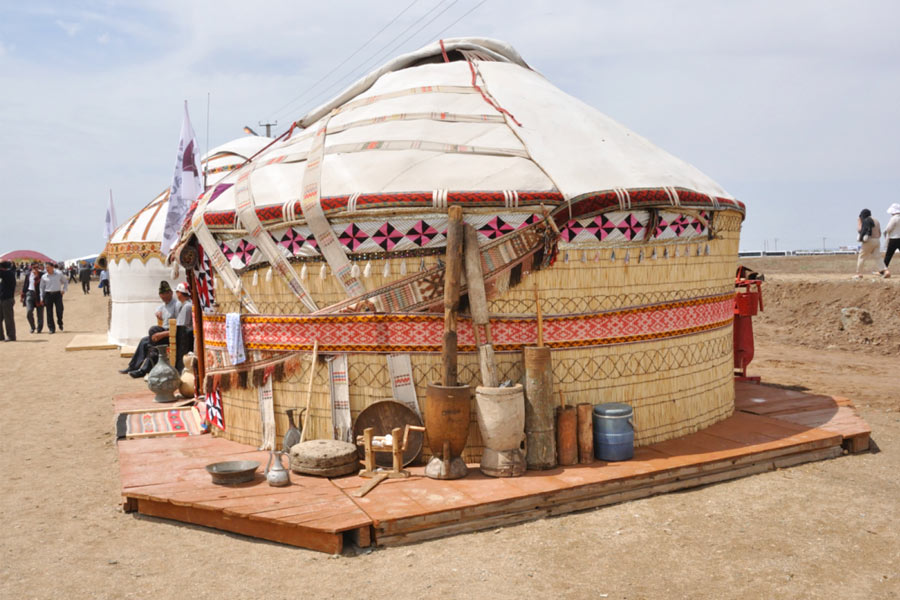
The exact date of origin of Novruz Bayram is unknown. The arrival of spring and the beginning of agricultural work were determined by the passage of the Sun through the vernal equinox. Winter was replaced by spring, cold was replaced by warmth. Novruz (which means “new day” in the ancient Farsi language) was approaching. Thus, Novruz became an integral part of the culture of many peoples of Iran and Central Asia long before the emergence of Zoroastrianism, Judaism, Christianity and Islam. The oldest written source that talks about the celebration of Novruz is the book of Zoroastrianism “Avesta” (between the 9th and the beginning of the 6th century BC). The ancient Greek historian Strabo, poets Ferdowsi and Omar Khayyam wrote about Novruz.
From ancient times to the present day, during the celebration of Novruz, large public festivities are organized - festive bazaars and fairs, performances by artists. On Novruz, competitions of folk artists, singers and storytellers are often held, national wrestling masters measure their strength, horse races are held, etc. There is also a tradition of planting fruit tree seedlings and going on picnics.
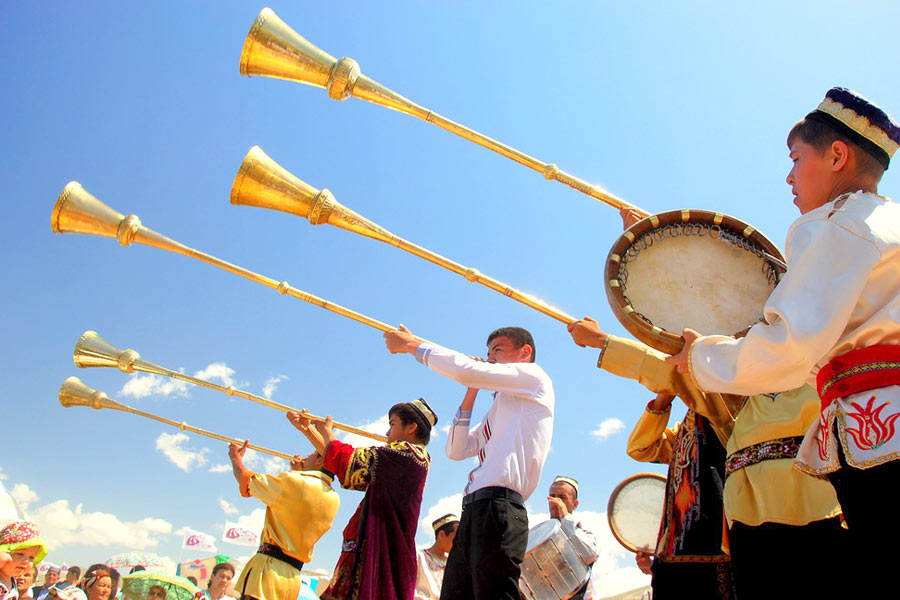
The celebration of Novruz is not complete without national treats. Sprouted wheat is the main attribute of the table and a symbol of the holiday. Ritual dishes, which are associated with many stories, legends, beliefs and traditions, have been decorating tables for many millennia. The most famous delicacy is sumalak porridge. Its preparation remains a mystery that only girls and women know. They spend the whole day preparing a dish from the juice of sprouted wheat, flour and vegetable oil, accompanied by singing and stories. A special ritual is to study the pattern that appears on the surface of the cauldron at the very end of cooking.
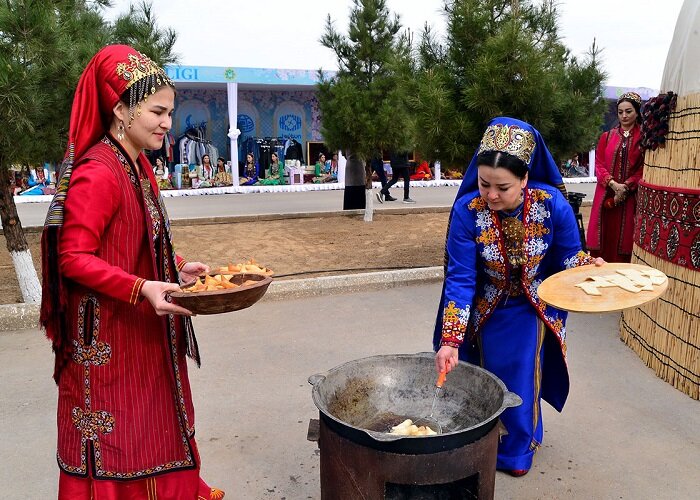
At the same time, the men also prepare their dish - porridge halim - a meat dish with the juice of sprouted wheat. The next morning, both sumalak and haleem are distributed to relatives, friends and everyone who took part in purchasing ingredients and cooking.
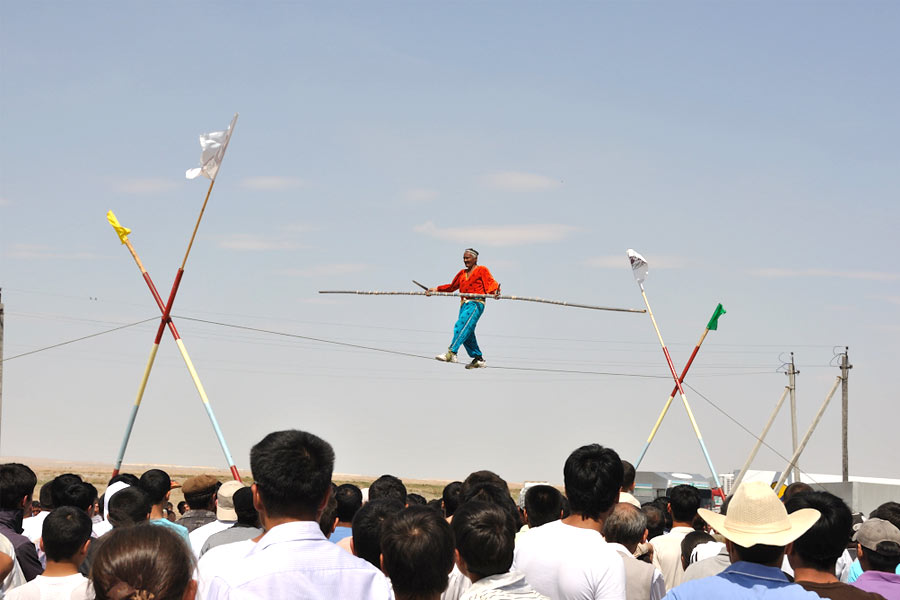
Novruz Bayram is a time of joy and hope. It is a time when people come together to celebrate the arrival of spring, the new year and the renewal of life. Despite differences in culture and traditions, it unites different countries and peoples. Nowadays, Novruz is widely celebrated not only in the countries of the Eurasian continent (Azerbaijan, Albania, Afghanistan, Bosnia and Herzegovina, Georgia, India, Iraq, Iran, Kazakhstan, Kyrgyzstan, China (XUAR and other regions), Kosovo, Macedonia, Mongolia, Pakistan, Russia (Tatarstan, Bashkortostan and the North Caucasus), Pakistan, Turkmenistan, Tajikistan, Turkey, Uzbekistan), but also in sub-ethnic, ethno-confessional groups and diasporas in various countries of the planet, including Ukraine, the USA and Canada.
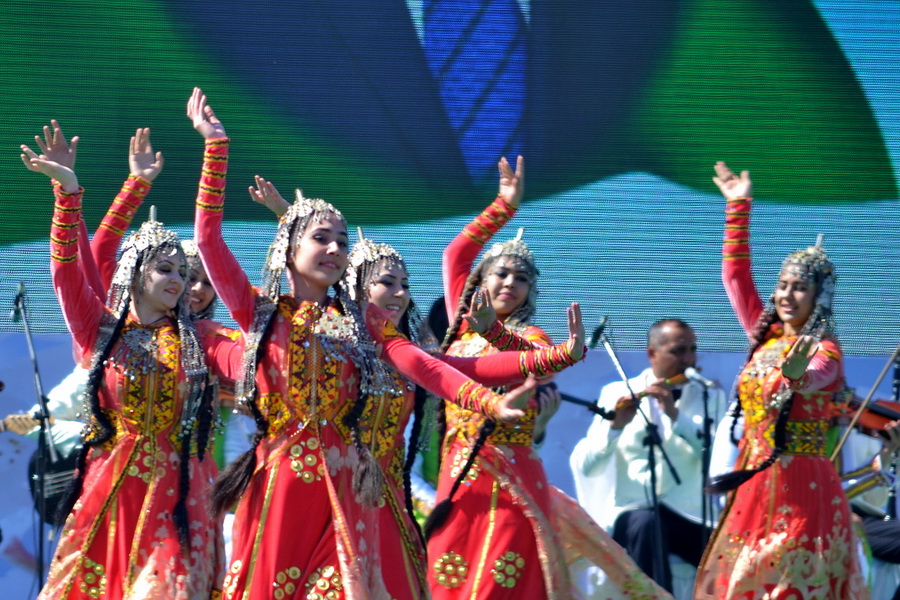
Today, Novruz Bayram is included in the UNESCO List of Intangible Cultural Heritage of Humanity. In 2010, the UN General Assembly declared March 21 as International Novruz Day.
ORIENT news
